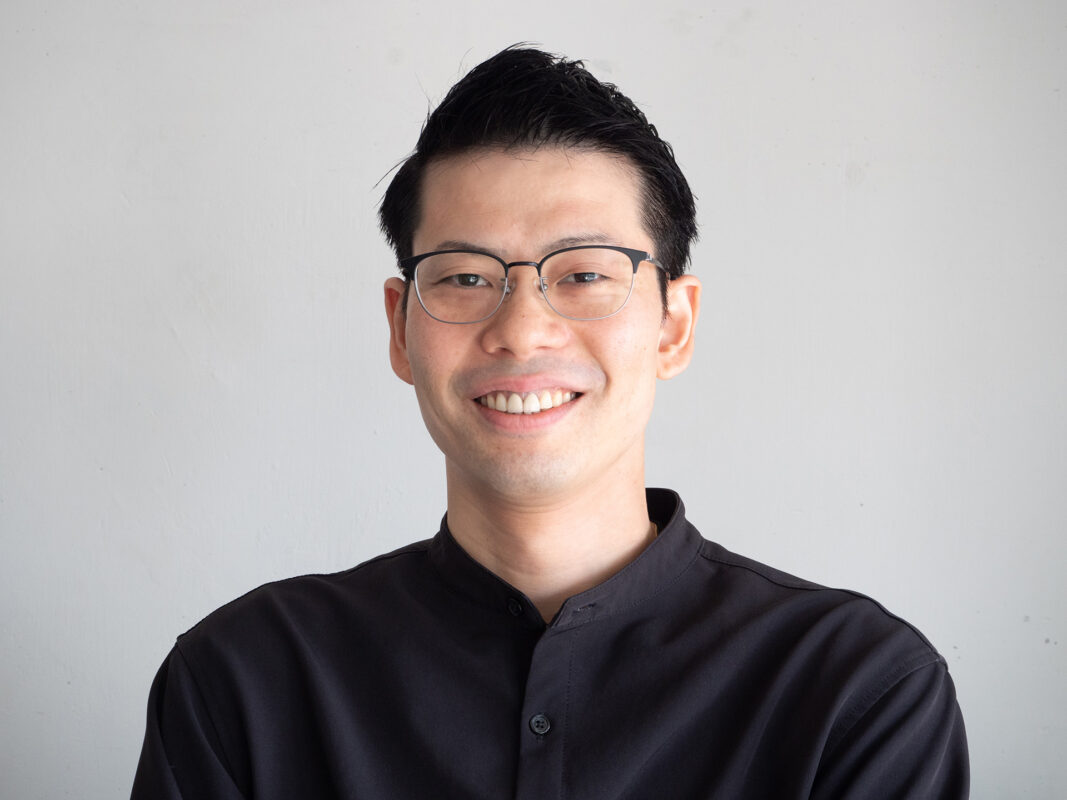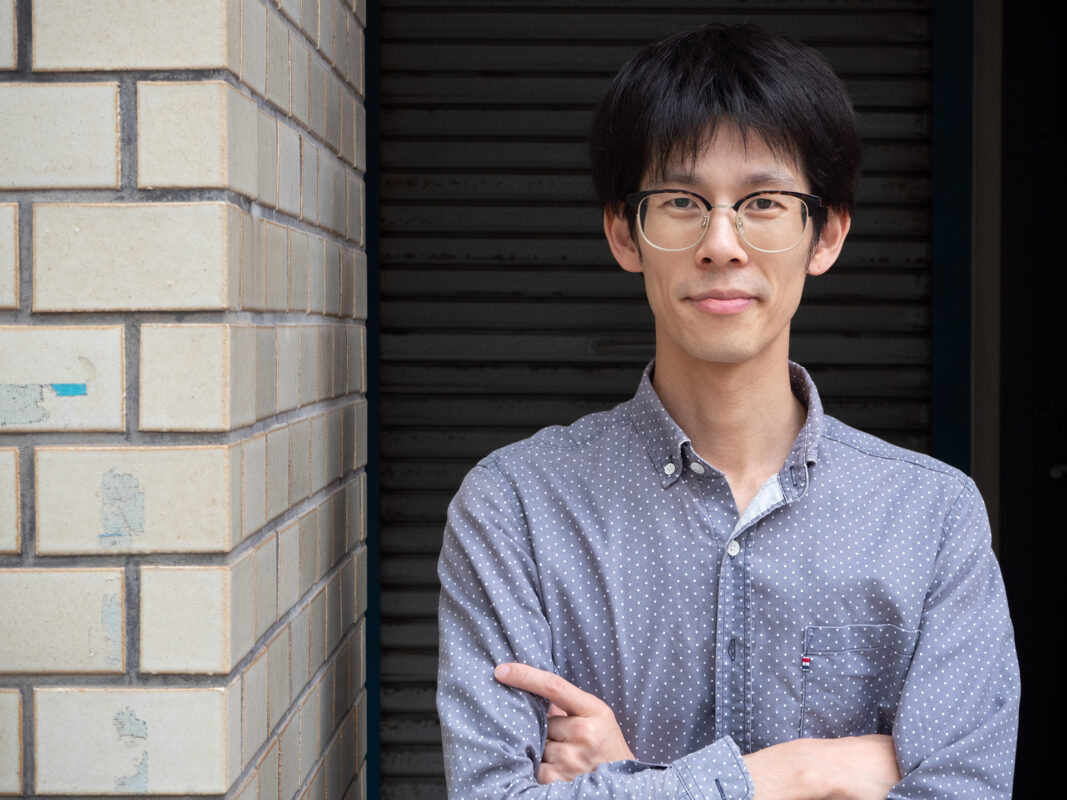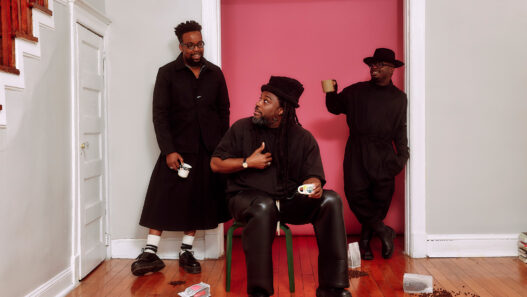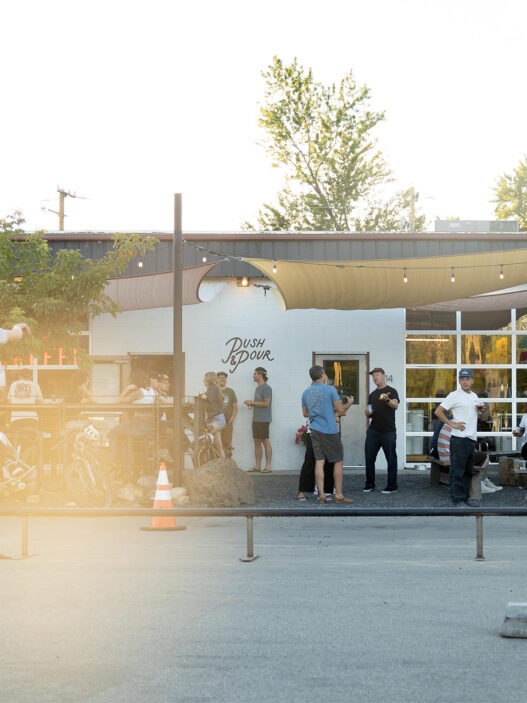Since the genesis of kissaten in the late 19th century, Japan has made massive contributions to global coffee culture. To wit, Japan founded the world’s first international coffee chain (in 1911, Mizuno Ryō opened Ginza’s Café Paulista); Japan also helped introduce the drip-brew method of extraction to the West, a key step in the evolution of modern specialty coffee.
This being said, in some ways specialty coffee in Japan itself has moved slowly beyond Tōkyō. But change is happening, and perhaps no other city proves this better than Hiroshima City in Western Japan.
Hiroshima City has historically been known more for oysters, okonomiyaki, and momiji manjū than coffee. But in terms of consumption, Hiroshima spends more per household on coffee than any other city in Japan. Furthermore, this year marks the third since Hiroshima’s annual Good Life, Good Coffee Fair was inaugurated at Hiroshima’s Mitsukoshi Mall. And if the success of upstarts like Progress Lifestyle Coffee, Archive Coffee Roasters, and Tōkyō-based Obscura Coffee Roasters is any indication, Hiroshima, the Peace City, may soon find itself becoming the Coffee City.
The Sprudge Guide to Coffee in Hiroshima City will take you on a tour of five very new shops in Hiroshima. None are more than six years old, and all are committed to quality sourced coffees, artisan baristaship, and in-house roasting. We’ll start at Hiroshima Station and walk around the city clockwise, stopping at each point along the way for a drink. Ikimasyō!
Sapta

Walk northeast of Hiroshima Station, and there you’ll find, tucked away in a white-tile apartment complex, Sapta Coffee, the first stop on our tour. With just two seats inside and a standing slab for drinking, Sapta may be the coziest shop on our list.
The owner, Tatsuya Nagasaka, makes only medium roasts. He favors what he calls a yasashii, or “kind”, roasting profile, “Something gentle and never bitter.” His Umurage (Rwanda) pour-over is indeed kind—smooth and fruity with a lasting mouthfeel. His blend for milk-based drinks is a harmonious mix of Kenya, Brazil, and Guatemala beans. Tatsuya pulls aromatic doppios on a Faema E61 and serves them in blue ware. How nice!


And that’s because Tatsuya himself is nice. At eight o’clock, for example, he expressly makes a cheap batch brew for commuting customers (pour-overs would be too slow). As gifts for the recently married, or those who have just had a child, Tatsuya wraps up his beans in an o-iwai (gift) box, bound in real dried noshi (abalone). And what if you don’t drink coffee at all? He serves his wife’s kombucha.
Tatsuya says if his shop finds success, he wishes to see his new neighborhood (Hikari-machi) flourish. But Sapta’s success is guaranteed. Everything here is just so yasashii.
Breath Hiroshima Point

Our next stop, Breath Hiroshima Point, waits for us due south in Danbara, at the foot of Hijiyama Mountain, by Hiroshima MOCA, the contemporary museum.
Breath’s building is itself a piece of art. The glass-paned, half-hexagonal façade is chic, and the interior suggests Tadao Ando’s architecture. But the art doesn’t stop there. A floral El Puente-Cataratas/Gesha/Washed (Honduras) found its way into my cup, and this only after much deliberation—I had thirteen other choices.

Notable beans abound at Breath. In 2021, it offered coffee from that year’s Cup of Excellence winner, a mixed lot of Olga Maria González’s Nicaragua Maragogipe and Maracaturra. Such beans find their way into a potpourri of drinks, including the cortado-sized (but foamed) mini-cappuccino.
The artisans behind Breath are a husband-wife duo, Daichi and Kanae Satō. The latter, who helps run the business side of Breath, has over 11 years of work in finance. The former has over a decade’s worth of work in baristaship and management; Daichi ran the Hiroshima branch of Obscura Coffee Roasters, and he boasts brass to match his skills; Daichi placed among the top 20 entrants in the brutal Japan Barista Championship.
The pair hosts workshops in latte art, pour-overs, and espresso calibration. But once the doors close, the casualness ends. In true Japanese fashion, Daichi doesn’t allow newer staff members to even touch the mighty La Marzocco Strada until they’ve had about a year of training.
How’s that for artistry?
Miles Coffee

Let’s taxi across the Kyōbashi River and down to Fujimi-chō where the next stop waits for us, Miles Coffee. At just over three months old, Miles is the newcomer on our list, but rest assured: the beans bespeak a lifetime’s worth of craft. Indeed, the mastermind behind Miles, Kawakami Minemasa, has had well over 10 years of barista experience (partly at the aforementioned Obscura; Kawakami also placed eighth in the fiendishly difficult 2019 Japan Brewers Cup Barista Competition). An inspired trip to NYC’s Café Integral, Sey Coffee, and Devoción brought Kawakami to a boil, and he opened Miles Coffee to share his love for pour-overs and, as he calls it, “everyday coffee.”
But “everyday” does not mean “average”. My fermented El Diviso (Colombia), extracted with a honeycomb drip assist, was startlingly peach forward—a masterclass in form.


And that’s just the pour-over. The dessert-minded (or those fleeing Japan’s desert-level heat) can get an affogato; those with more adventurous tastes can try milk brews, espresso tonics, and drinks from the seasonal menu (on mine was an iced cappuccino).
And of course, there’s always the good old espresso. Kawakami extracted my Shyira CWS (Rwanda) on a slick Synesso S200. My doppio, was served in an urn crafted by ceramicist Moriyama Gama of Shimane-ken: a double shot of craftsmanship.
Akam Coffee Works
If you’re not over-caffeinated already, walk southwest towards Higashisenda Park to the neighborhood of Kokutai-ji. That’s where the fourth stop on our list is located, Akam Coffee Works.
Akam’s glass door opens to a world of coffee: pour-over paraphernalia, scales, two Diedrich roasters, and, flush against the wall in the back, a menacingly lovely Sanremo F18. Akam’s space, with its black bar, evokes a kind of Rome-via-Rinzai feeling.
I tried the Italian espresso. The crema alone was enough to make my head spin–the shot had a bitter kick smoothed with sugar, just like you’d like it in il bel paese. And when I was done, I returned to the menu to peruse a slew of technical details on my drink. The menu listed dosage, extraction amounts, and even roast dates.


Akam’s founder, Matsumoto Atsushi, has a fantastical sense for detail. In a past life he was an automotive engineer designing air conditioners, but when Matsumoto had his first doppio at a Japanese chain, he was not impressed. From that point on, he sought to make an espresso sui generis–something unique, but authentic.
And the products speak for themselves. I tried an anaerobic natural coffee from Thailand, roasted medium-light, and it was every bit as good as my date’s shakerato (although her drink, unlike mine, was served in a flashy flute).
With a signature drink series in the works, a house-made ginger syrup already finished, and chiffon cake, gelatos, and crème brûlée being served, Akam has a little something for both ‘spro bros and latte elitists.
Shimaji Coffee Lab

Last up on our list is Shimaji Coffee Lab, located all the way back at Hiroshima Station, near the foot of the graceful Kyōbashi Bridge in the neighborhood of Kyōbashi.
As one Sprudge contributor wisely said, “Never dismiss a patisserie.” If that’s your mantra, then slide open Shimaji’s door, stride to the baker’s fridge, and point to something sweet: there’s cakes, muffins, brownies, tarts, chiboust, and even cookie bottles for sale. My lemon meringue pie paired perfectly with a natural Fincona (Honduras) pour-over.
Shima Yoshitaka, the lab’s head scientist, opened Shimaji after his honten (original shop) met much success. And it’s easy to see why: his coffee-meets-muffin model jives quite nicely with Hiroshima’s proclivity to chill.


Baked goods aside (and tea lattes and cascaras), it should be noted that Shimaji is, after all, a light-roast focused shop. Shima pulled my second drink, a very-bright natural Benti Nenka (Ethiopia) espresso, on a cool La Marzocco Linea Classic S-2. I felt euphoric. The Lab’s peopled-but-quiet sound space, meditative drip-brews, and floating benches, combined with the grape shot, formed a sort of Third-Wave-kissaten vibe that was pioneeringly peaceful.
I will admit that I was surprised when Shima handed me a small, colored card detailing my bean’s country of origin, region, variety, process, altitude, and anticipated flavor. The back of the card had instructions (with diagrams!) on how to properly make a pour-over.
The instructions on the card made me feel like a new research hire—or a convert charged with proselytizing the gospel of light roasts. I’d be okay with either. Shimaji has sweet coffee.
Michael Joseph is a freelance journalist and photographer based in Hiroshima. This is Michael Joseph’s first feature for Sprudge.





























